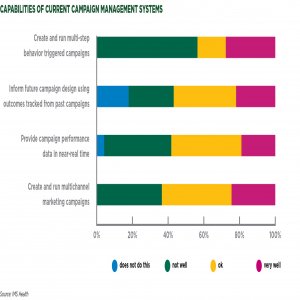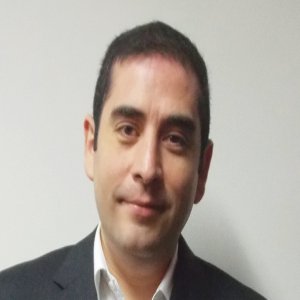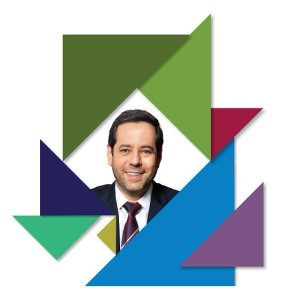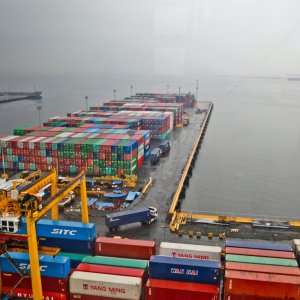A Growing Distribution Network for Independent Pharmacies

STORY INLINE POST
Q: What are the evolutions you have seen in the company’s fifteen year history?
A: Distribuidora Levic has grown quickly in tandem with the generics market, whose growth has grown between 15% and 25% per year for in the past decade. Distribuidora Levic now works all over Mexico, with six distribution centers and eight reorder centers. The market has also undergone significant transformations, pushing forward our growth. Among the most important changes in the market is the shift toward generics on the part of the Ministry of Health and COFEPRIS, allowing national pharmaceuticals to increase both their portfolio and their production. Since Mexico’s income per capita is not as high as other countries, the affordable generics have given patients access to these medications, to the point where generics are now widely accepted. Both the industry and the government have raised awareness concerning the safety and efficacy of generics, changing certain negative perceptions. Casa Saba’s bankruptcy has also broken up the distribution market among smaller companies, increasing the sales of generics to pharmacies unable to acquire patented drugs. Other changes to the market include the growth of pharmacy chains over the past ten years, which has affected independent pharmacies. Pharmacy chains are likely to continue to grow, so it is necessary to strengthen independent pharmacies, with the support of the government and the industry. Supermarkets are beginning to enter the market, introducing new brands of medication. As distributors, we have worked alongside independent pharmacies to improve their processes and systems in order to increase their profitability.
Q: How does Distribuidora Levic support independent pharmacies?
A: We are organizing events, workshops, and a project called Llave en Mano (Key in Hand), which we run in conjunction with UNEFARM. Key in Hand aims to bring accessible systems to pharmacies to help them administer their businesses. This program is an integral, standardized process allowing pharmacies to administer all products bought and sold by the pharmacy. With COFEPRIS, we have a project intended to certify independent pharmacies and their employees, implemented through the National Council for the Normalization and Certification of Job Skills (CONOCER).
Another program implemented in collaboration with UNEFARM is Principio Activo (Active Principal), developed to strengthen independent pharmacies against pharmacy chains. Through this program, independent pharmacies build a model similar to a franchise. Unlike franchises, however, participants do not require a strong initial investment. Active Principle aims to set up competitively-priced consulting rooms adjacent to pharmacies. We also support them to insert trained doctors at the point of sale. Our objective is to help independent pharmacies to widen portfolios, to lower prices by providing integral services, and to improve many different fields, including processes and customer service Our aim is to measure inputs, outputs, and expenses.
Q: How does the distribution chain differ for generics and patented medicines?
A: In terms of the distribution chain, there is no difference. Laboratories provide the product and we distribute it to pharmacies, according to the same standards imposed by its manufacturers. The only real difference lies in profit margins. Where patented medicines are concerned, the manufacturer obtains the greatest margins. In the case of generics, pharmacists take the lion’s share. The high margins obtained by pharmacists from the sales of generics motivates them to continue selling the product line. Patients are the direct beneficiaries here, since generics are more economically accessible. In both cases, distributors obtain the smallest margin. Of the products we distribute, about 90% are destined for independent pharmacies. The remainder is divided between hospitals, clinics, and some sub-distributors. Direct government sales represent 1% of ourn work, but we plan to increase our participation here. At this point we do not plan to work with supermarkets, because they are in the process of changing their distribution chain, and buying directly from laboratories.
Q: What are Distribuidora Levic’s short-term goals?
A: We have opened a new distribution center in Merida and we plan to open another in Tijuana. These centers are essential for improving distribution throughout the country. Our distribution center in Merida has the capacity to supply 800 points of sale, while our Tijuana plant is set to supply at least 1,300 centers in Baja California and Hermosillo.























